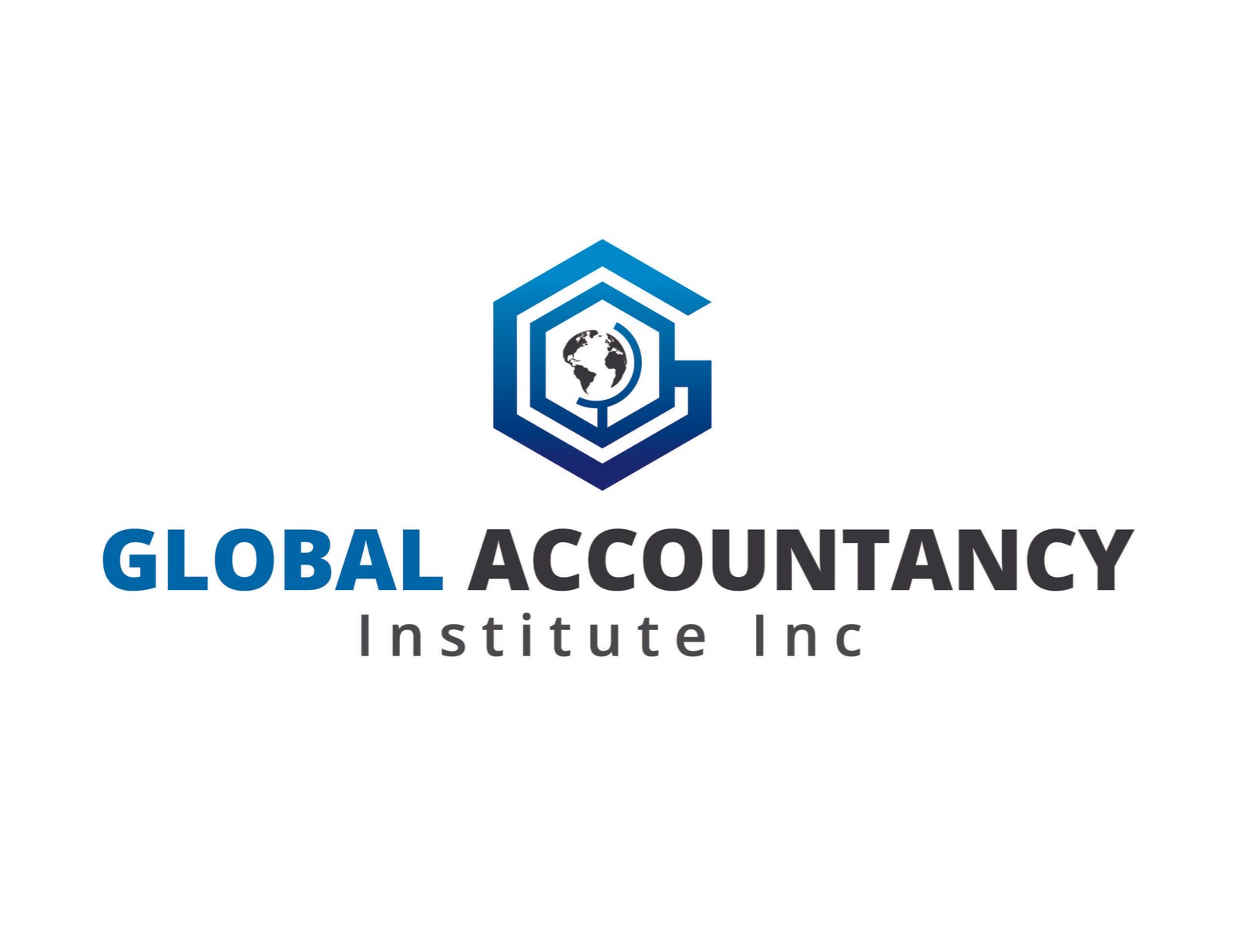Beyond Clientele: How Our Business Model Redefines Success in the Financial Markets
- April 11, 2024
- Posted by: DrGlenBrown2
- Category: Financial Markets

Introduction
In the ever-evolving landscape of the financial markets, traditional business models are being reassessed and redefined. At Global Accountancy Institute, Inc., and Global Financial Engineering, Inc., we have embarked on a pioneering journey by shifting away from the conventional client-based approach to a model centered on direct market engagement. This radical transformation has not only redefined our measures of success but also set a new standard in the proprietary trading industry.
The Shift from Client-Based to Market-Driven
Traditionally, financial firms have relied heavily on client relationships and external funding to drive their operations. This dependency often introduces complexities, including the need to align trading strategies with client expectations and risk tolerances, which can dilute the firm’s ability to capitalize on market opportunities. By transitioning to a model that focuses exclusively on engaging with the markets themselves, we leverage our expertise to maximize direct returns without the intermediation of client needs.
Redefining Success
Success in the financial markets is conventionally measured by client satisfaction and the accumulation of managed assets. However, our approach shifts this paradigm to focus on agility, strategic independence, and pure performance metrics. Success for us is now defined by our ability to respond swiftly to market conditions, the effectiveness of our risk management strategies, and ultimately, the performance of our proprietary trades.
Benefits of Direct Market Engagement
Direct engagement with the financial markets allows us to:
- Enhance Decision-Making Speed: Without the need to consult external clients, our decisions are faster and more responsive to immediate market indicators.
- Optimize Risk Management: We tailor our risk management strategies specifically to our proprietary trading models, which enhances our ability to mitigate potential losses in volatile conditions.
- Increase Operational Efficiency: Streamlining operations by eliminating client management allows us to focus solely on market analysis and execution.
Technological Integration
A key component of our market-driven model is the use of advanced technologies, such as the Global Algorithmic Trading Software (GATS). This integration enables us to execute sophisticated trading strategies with precision and scale, reducing human error and increasing our ability to capitalize on algorithmic trading opportunities across multiple asset classes.
Cultural Shift and Strategic Alignment
Adopting a direct market engagement model also requires a cultural shift within the organization. Our traders and analysts are not just executing transactions; they are integral to a continuous cycle of testing, learning, and adapting our strategies. This dynamic environment fosters innovation and a relentless pursuit of excellence, aligning our operational objectives with our strategic goals.
Conclusion
The decision to eschew a traditional client-based model in favor of direct market interaction marks a significant milestone in our evolution as a leader in proprietary trading. This approach not only redefines success for our firm but also sets a benchmark for the industry, demonstrating that the future of finance can be shaped by those willing to innovate and engage directly with the complexities of the market.
About the Author
Dr. Glen Brown is the visionary behind the strategic shift at Global Accountancy Institute, Inc., and Global Financial Engineering, Inc. His foresight and leadership have been pivotal in redefining the firm’s approach to success in the financial markets.
Call to Action
Reflect on the transformative power of direct market engagement and its potential to redefine industry standards. Consider how a focused, market-centric approach could enhance your strategic operations in the financial markets.
General Disclaimer
This article is for informational purposes only and does not constitute financial advice or an inducement to trade.
